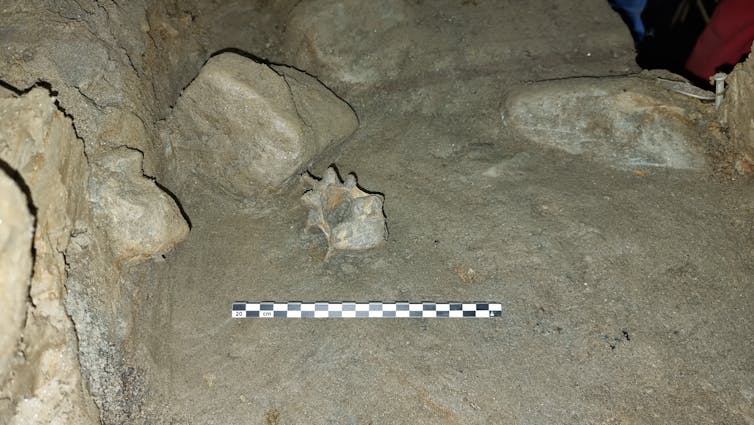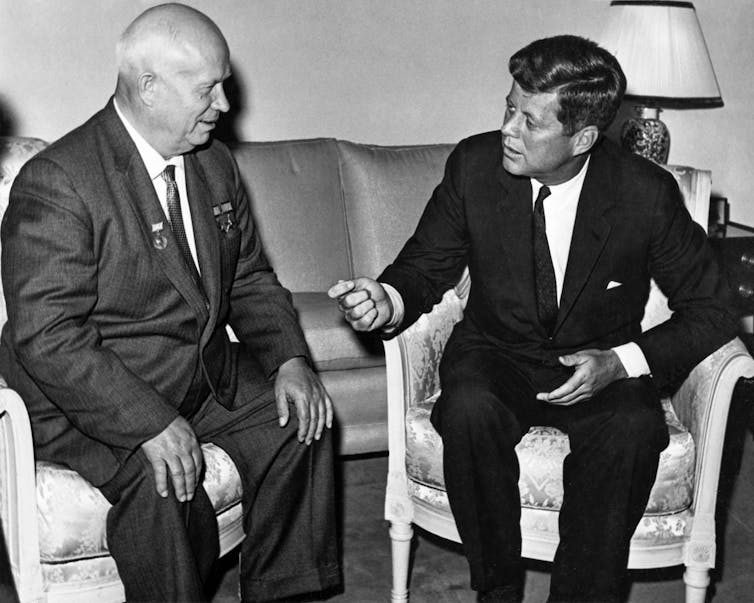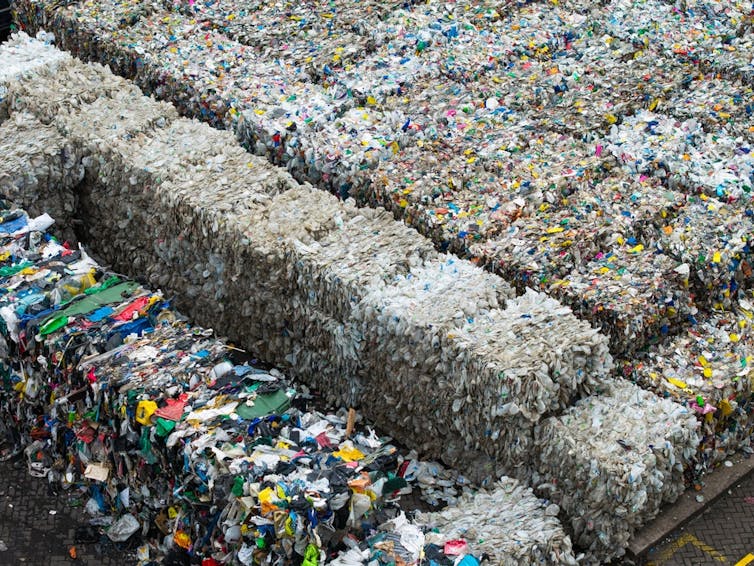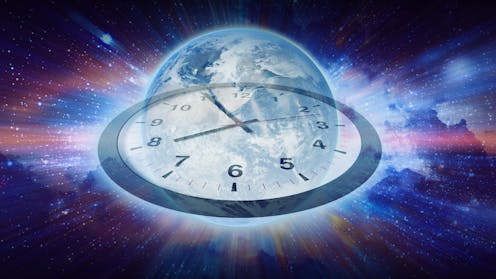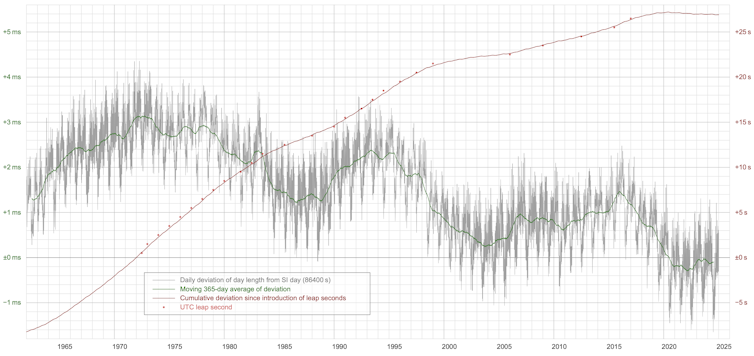Source: The Conversation – UK – By Dipa Kamdar, Senior Lecturer in Pharmacy Practice, Kingston University
From warming winter teas to zesty stir-fries, ginger (Zingiber officinale) has long been a kitchen staple. But beyond its culinary charm, this spicy root has a rich history in traditional medicine – and modern science is catching up. Studies now show that ginger may offer a wide range of health benefits, from easing nausea and relieving colds to reducing inflammation and supporting heart health.
Here’s what you need to know:
1. Nausea relief
Multiple clinical trials have shown consistent evidence that ginger can reduce nausea and vomiting, particularly when compared to a placebo. The NHS even recommends ginger-containing foods or teas for easing nausea.
Ginger seems especially effective for nausea during pregnancy. In small doses, it’s considered a safe and effective option for people who don’t respond well to standard anti-nausea treatments.
There’s also promising evidence that ginger can help with chemotherapy-induced nausea, though results are mixed when it comes to motion sickness and post-surgery nausea.
Researchers believe ginger’s anti-nausea effects may work by blocking serotonin receptors and acting on both the gut and brain. It may also help by reducing gas and bloating in the digestive tract.
2. Anti-inflammatory benefits
Ginger is rich in bioactive compounds, such as gingerol and shogaol, which have strong antioxidant and anti-inflammatory properties.
Recent research suggests ginger supplements may help regulate inflammation, especially in autoimmune conditions. One study found that ginger reduced the activity of neutrophils — white blood cells that often become overactive in diseases like lupus, rheumatoid arthritis and antiphospholipid syndrome.
Neutrophils produce extracellular traps (NETs), which are web-like structures used to trap and kill pathogens. But when NETs form excessively, they can fuel autoimmune diseases. In the study, taking ginger daily for one week significantly reduced NET formation.
While this study used ginger supplements, it’s unclear whether fresh ginger or tea has the same effect. Still, the findings suggest ginger may be a helpful, natural option for people with certain autoimmune conditions – though more research is needed.
Ginger also has antimicrobial properties, meaning it can help combat bacteria, viruses and other harmful microbes. Combined with its anti-inflammatory effects, this makes ginger a popular remedy for easing cold and flu symptoms like sore throats.
3. Pain management
When it comes to pain, the research on ginger is encouraging – though not conclusive. Some studies show that ginger extract can reduce knee pain and stiffness in people with osteoarthritis, especially during the early stages of treatment. However, results vary, and not everyone experiences the same level of relief.
For muscle pain, one study found that taking two grams of ginger daily for 11 days reduced soreness after exercise.
Ginger may also ease menstrual pain. In fact, some studies suggest its effectiveness rivals that of non-steroidal anti-inflammatory drugs like ibuprofen.
Researchers believe ginger works by activating pathways in the nervous system that dampen pain signals. It may also inhibit inflammatory chemicals like prostaglandins and leukotrienes.
4. Heart health and diabetes support
High blood pressure, high blood sugar and elevated “bad” cholesterol (low-density lipoprotein or LDL cholesterol) are all risk factors for heart disease. Ginger may help with all three.
A 2022 review of 26 clinical trials found that ginger supplementation can significantly improve cholesterol levels — lowering triglycerides, total cholesterol and LDL cholesterol, while raising HDL (“good”) cholesterol. It may also lower blood pressure.
For people with type 2 diabetes, ginger could offer additional benefits. A review of ten studies found that taking one to three grams of ginger daily for four to 12 weeks helped improve both cholesterol levels and blood sugar control.
These benefits appear to come from multiple mechanisms, including improved insulin sensitivity, enhanced glucose uptake in cells, and reduced oxidative stress. Ginger’s anti-inflammatory actions may also contribute to its heart-protective effects.
Some early research suggests that ginger may also offer benefits for sexual health, though evidence in humans is still limited. Animal studies have found that ginger can boost testosterone levels, improve blood flow, and enhance sexual behaviour. In traditional medicine systems, it has long been used as an aphrodisiac. While there’s not yet strong clinical evidence to confirm a direct impact on libido, ginger’s anti-inflammatory, circulatory and hormonal effects could play a supportive role, particularly for people managing conditions like diabetes or oxidative stress.
5. Brain health and cancer research
Emerging evidence suggests ginger may also offer neuroprotective and anti-cancer benefits. Lab-based studies show that ginger compounds can help protect brain cells from oxidative damage – a key factor in neurodegenerative diseases like Alzheimer’s.
Other in-vitro research has found that ginger can slow the growth of some cancer cells. However, these findings are still in early stages and more research is needed to confirm their relevance in humans.
Ginger is generally safe when consumed in food or tea. But like any supplement, it should be used in moderation.
Doses above four grams a day may cause side effects such as heartburn, bloating, diarrhoea or mouth irritation. These are usually mild and temporary.
Certain groups should use caution with high doses. Ginger may increase bleeding risk in people on blood thinners (like warfarin, aspirin or clopidogrel), and it can enhance the effects of diabetes or blood pressure medications, potentially leading to low blood sugar or blood pressure. Pregnant women should also consult a doctor before using high doses.
So ginger isn’t just a fragrant kitchen spice – it’s a natural remedy with growing scientific support. For most people, enjoying ginger in food or tea is a safe and effective way to tap into its therapeutic potential. If you’re considering taking supplements, it’s always best to speak with your doctor or pharmacist first, especially if you’re managing a medical condition or taking medication.
![]()
Dipa Kamdar does not work for, consult, own shares in or receive funding from any company or organisation that would benefit from this article, and has disclosed no relevant affiliations beyond their academic appointment.
– ref. From arthritis to nausea: five ways ginger could benefit your health – https://theconversation.com/from-arthritis-to-nausea-five-ways-ginger-could-benefit-your-health-261506



